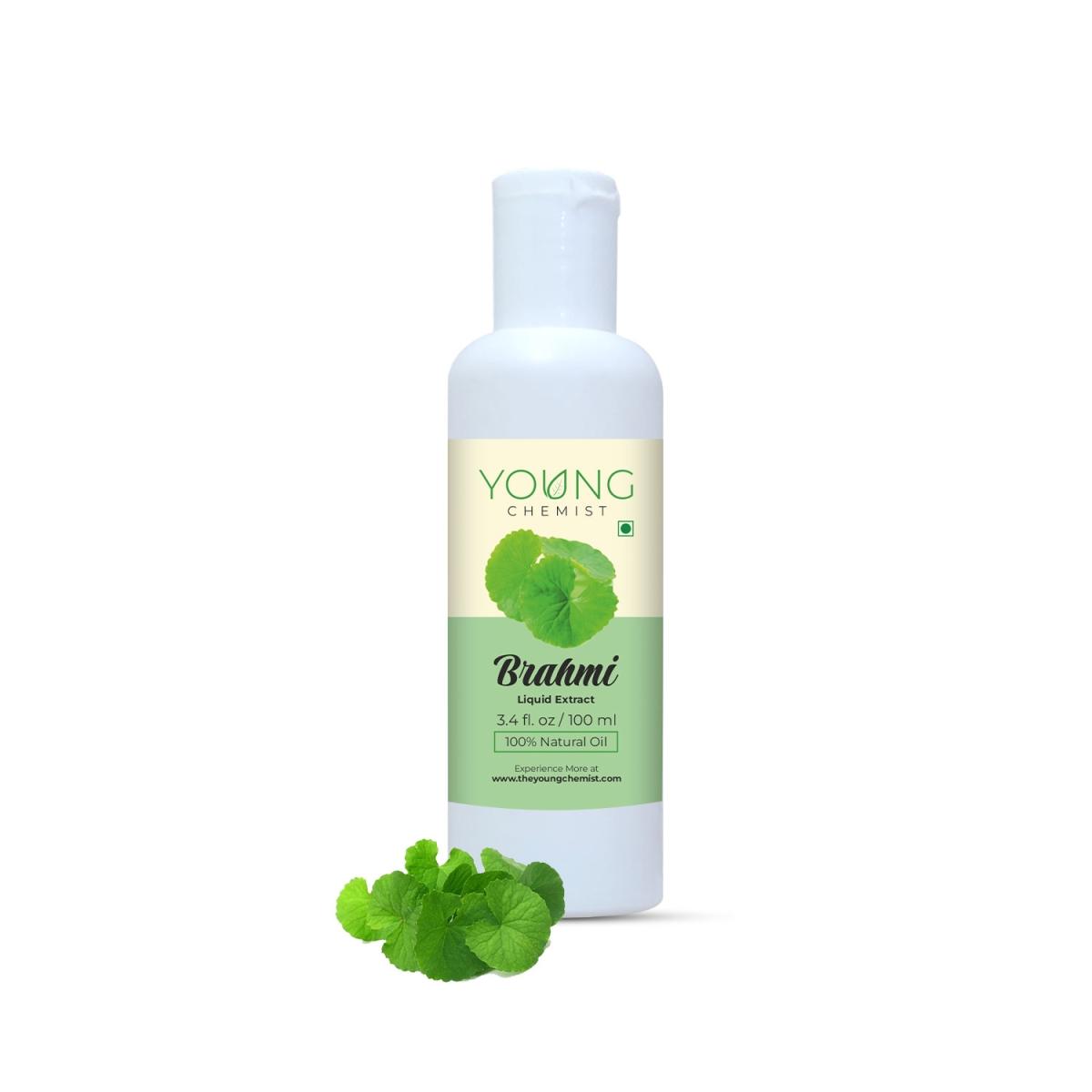Digitizing Cognitive Enhancement: The Future of Brain Training Software
The Brain Training Software Market was valued at USD 2.97 billion in 2024 and is projected to reach USD 3.32 billion in 2025, with an anticipated growth to USD 9.28 billion by 2034. This reflects a compound annual growth rate (CAGR) of 12.72% during the forecast period from 2025 to 2034.
The Brain Training Software Market is experiencing steady growth as increasing awareness of cognitive health fuels demand for tools that enhance memory, focus, and mental agility. These software applications are designed to stimulate various cognitive functions through exercises, games, and puzzles targeting neuroplasticity. With growing interest in brain fitness among students, working professionals, and aging populations, the market is gaining traction across healthcare, education, and consumer sectors.
The global market is being propelled by an aging demographic, the rising prevalence of mental health issues, and the integration of AI and gamification in digital brain training tools.
Request a Free Sample Copy or View Report Summary: https://www.marketresearchfuture.com/sample_request/30122
Market Scope
Brain training software encompasses programs developed to improve:
Memory
Attention
Processing speed
Problem-solving
Executive functioning
These are delivered via:
Mobile apps
Web platforms
Therapeutic software for clinical settings
Target users range from children with learning disabilities, working adults aiming for cognitive enhancement, to seniors preventing cognitive decline. Applications span personal wellness, education, neuroscience research, and rehabilitation therapy.
Regional Insight
North America leads the market due to strong tech infrastructure, high awareness of brain health, and presence of major players.
Europe is also a significant contributor, especially in healthcare-based applications, supported by aging demographics and government-funded cognitive wellness initiatives.
Asia-Pacific is the fastest-growing region, driven by a large elderly population in countries like Japan and China, expanding internet access, and rising mental health awareness.
Latin America and MEA show emerging potential as mobile penetration and digital literacy increase.
Growth Drivers and Challenges
Growth Drivers:
Aging Population: Rising concerns about cognitive decline and Alzheimer’s are pushing demand among seniors.
Mental Health Awareness: Increased understanding of brain health’s link to overall well-being.
Gamification & AI Integration: Engagement-boosting features and personalization through machine learning.
Remote Learning & Work: Greater use of brain training tools for students and professionals seeking mental sharpness.
Challenges:
Lack of Clinical Validation: Many apps lack FDA approval or peer-reviewed studies proving effectiveness.
User Retention Issues: Low long-term engagement due to repetitive content or lack of visible results.
Privacy Concerns: Sensitive cognitive and behavioral data requires high security and compliance.
Opportunities
Healthcare Integration: Expanding use in cognitive therapy and preventive care settings.
Corporate Wellness Programs: Employers are investing in employee mental fitness tools.
AI-Driven Personalization: Adaptive training based on user progress and neuroscience-backed data.
Localization: Customizing software for different languages, cultures, and educational systems.
Key Players Analysis
Lumosity (Lumos Labs): One of the most recognized brands with a wide range of brain games.
CogniFit: Offers clinically validated tools for cognitive training and assessments.
Elevate: Focuses on daily brain exercises for productivity and communication.
Peak (by Brainbow): Known for its mobile-first approach and visually engaging interface.
NeuroNation, BrainHQ, Mensa Brain Training, and Fit Brains (by Rosetta Stone) are other notable players. These companies are investing in neuroscience research, AI integration, and UX/UI to stay competitive.
Buy Research Report (111 Pages, Charts, Tables, Figures) – https://www.marketresearchfuture.com/checkout?currency=one_user-USD&report_id=30122
Conclusion
The Brain Training Software Market is set to expand steadily as consumers increasingly seek cognitive improvement solutions amid a digital-first lifestyle. While challenges such as scientific validation and retention exist, the integration of AI, the rise of health tech, and a focus on mental well-being create substantial growth opportunities. As the market evolves, success will depend on delivering effective, engaging, and personalized experiences grounded in cognitive science.
The Brain Training Software Market was valued at USD 2.97 billion in 2024 and is projected to reach USD 3.32 billion in 2025, with an anticipated growth to USD 9.28 billion by 2034. This reflects a compound annual growth rate (CAGR) of 12.72% during the forecast period from 2025 to 2034.
The Brain Training Software Market is experiencing steady growth as increasing awareness of cognitive health fuels demand for tools that enhance memory, focus, and mental agility. These software applications are designed to stimulate various cognitive functions through exercises, games, and puzzles targeting neuroplasticity. With growing interest in brain fitness among students, working professionals, and aging populations, the market is gaining traction across healthcare, education, and consumer sectors.
The global market is being propelled by an aging demographic, the rising prevalence of mental health issues, and the integration of AI and gamification in digital brain training tools.
Request a Free Sample Copy or View Report Summary: https://www.marketresearchfuture.com/sample_request/30122
Market Scope
Brain training software encompasses programs developed to improve:
Memory
Attention
Processing speed
Problem-solving
Executive functioning
These are delivered via:
Mobile apps
Web platforms
Therapeutic software for clinical settings
Target users range from children with learning disabilities, working adults aiming for cognitive enhancement, to seniors preventing cognitive decline. Applications span personal wellness, education, neuroscience research, and rehabilitation therapy.
Regional Insight
North America leads the market due to strong tech infrastructure, high awareness of brain health, and presence of major players.
Europe is also a significant contributor, especially in healthcare-based applications, supported by aging demographics and government-funded cognitive wellness initiatives.
Asia-Pacific is the fastest-growing region, driven by a large elderly population in countries like Japan and China, expanding internet access, and rising mental health awareness.
Latin America and MEA show emerging potential as mobile penetration and digital literacy increase.
Growth Drivers and Challenges
Growth Drivers:
Aging Population: Rising concerns about cognitive decline and Alzheimer’s are pushing demand among seniors.
Mental Health Awareness: Increased understanding of brain health’s link to overall well-being.
Gamification & AI Integration: Engagement-boosting features and personalization through machine learning.
Remote Learning & Work: Greater use of brain training tools for students and professionals seeking mental sharpness.
Challenges:
Lack of Clinical Validation: Many apps lack FDA approval or peer-reviewed studies proving effectiveness.
User Retention Issues: Low long-term engagement due to repetitive content or lack of visible results.
Privacy Concerns: Sensitive cognitive and behavioral data requires high security and compliance.
Opportunities
Healthcare Integration: Expanding use in cognitive therapy and preventive care settings.
Corporate Wellness Programs: Employers are investing in employee mental fitness tools.
AI-Driven Personalization: Adaptive training based on user progress and neuroscience-backed data.
Localization: Customizing software for different languages, cultures, and educational systems.
Key Players Analysis
Lumosity (Lumos Labs): One of the most recognized brands with a wide range of brain games.
CogniFit: Offers clinically validated tools for cognitive training and assessments.
Elevate: Focuses on daily brain exercises for productivity and communication.
Peak (by Brainbow): Known for its mobile-first approach and visually engaging interface.
NeuroNation, BrainHQ, Mensa Brain Training, and Fit Brains (by Rosetta Stone) are other notable players. These companies are investing in neuroscience research, AI integration, and UX/UI to stay competitive.
Buy Research Report (111 Pages, Charts, Tables, Figures) – https://www.marketresearchfuture.com/checkout?currency=one_user-USD&report_id=30122
Conclusion
The Brain Training Software Market is set to expand steadily as consumers increasingly seek cognitive improvement solutions amid a digital-first lifestyle. While challenges such as scientific validation and retention exist, the integration of AI, the rise of health tech, and a focus on mental well-being create substantial growth opportunities. As the market evolves, success will depend on delivering effective, engaging, and personalized experiences grounded in cognitive science.
Digitizing Cognitive Enhancement: The Future of Brain Training Software
The Brain Training Software Market was valued at USD 2.97 billion in 2024 and is projected to reach USD 3.32 billion in 2025, with an anticipated growth to USD 9.28 billion by 2034. This reflects a compound annual growth rate (CAGR) of 12.72% during the forecast period from 2025 to 2034.
The Brain Training Software Market is experiencing steady growth as increasing awareness of cognitive health fuels demand for tools that enhance memory, focus, and mental agility. These software applications are designed to stimulate various cognitive functions through exercises, games, and puzzles targeting neuroplasticity. With growing interest in brain fitness among students, working professionals, and aging populations, the market is gaining traction across healthcare, education, and consumer sectors.
The global market is being propelled by an aging demographic, the rising prevalence of mental health issues, and the integration of AI and gamification in digital brain training tools.
Request a Free Sample Copy or View Report Summary: https://www.marketresearchfuture.com/sample_request/30122
Market Scope
Brain training software encompasses programs developed to improve:
Memory
Attention
Processing speed
Problem-solving
Executive functioning
These are delivered via:
Mobile apps
Web platforms
Therapeutic software for clinical settings
Target users range from children with learning disabilities, working adults aiming for cognitive enhancement, to seniors preventing cognitive decline. Applications span personal wellness, education, neuroscience research, and rehabilitation therapy.
Regional Insight
North America leads the market due to strong tech infrastructure, high awareness of brain health, and presence of major players.
Europe is also a significant contributor, especially in healthcare-based applications, supported by aging demographics and government-funded cognitive wellness initiatives.
Asia-Pacific is the fastest-growing region, driven by a large elderly population in countries like Japan and China, expanding internet access, and rising mental health awareness.
Latin America and MEA show emerging potential as mobile penetration and digital literacy increase.
Growth Drivers and Challenges
Growth Drivers:
Aging Population: Rising concerns about cognitive decline and Alzheimer’s are pushing demand among seniors.
Mental Health Awareness: Increased understanding of brain health’s link to overall well-being.
Gamification & AI Integration: Engagement-boosting features and personalization through machine learning.
Remote Learning & Work: Greater use of brain training tools for students and professionals seeking mental sharpness.
Challenges:
Lack of Clinical Validation: Many apps lack FDA approval or peer-reviewed studies proving effectiveness.
User Retention Issues: Low long-term engagement due to repetitive content or lack of visible results.
Privacy Concerns: Sensitive cognitive and behavioral data requires high security and compliance.
Opportunities
Healthcare Integration: Expanding use in cognitive therapy and preventive care settings.
Corporate Wellness Programs: Employers are investing in employee mental fitness tools.
AI-Driven Personalization: Adaptive training based on user progress and neuroscience-backed data.
Localization: Customizing software for different languages, cultures, and educational systems.
Key Players Analysis
Lumosity (Lumos Labs): One of the most recognized brands with a wide range of brain games.
CogniFit: Offers clinically validated tools for cognitive training and assessments.
Elevate: Focuses on daily brain exercises for productivity and communication.
Peak (by Brainbow): Known for its mobile-first approach and visually engaging interface.
NeuroNation, BrainHQ, Mensa Brain Training, and Fit Brains (by Rosetta Stone) are other notable players. These companies are investing in neuroscience research, AI integration, and UX/UI to stay competitive.
Buy Research Report (111 Pages, Charts, Tables, Figures) – https://www.marketresearchfuture.com/checkout?currency=one_user-USD&report_id=30122
Conclusion
The Brain Training Software Market is set to expand steadily as consumers increasingly seek cognitive improvement solutions amid a digital-first lifestyle. While challenges such as scientific validation and retention exist, the integration of AI, the rise of health tech, and a focus on mental well-being create substantial growth opportunities. As the market evolves, success will depend on delivering effective, engaging, and personalized experiences grounded in cognitive science.
0 Comentários
0 Compartilhamentos
6KB Visualizações
0 Anterior




